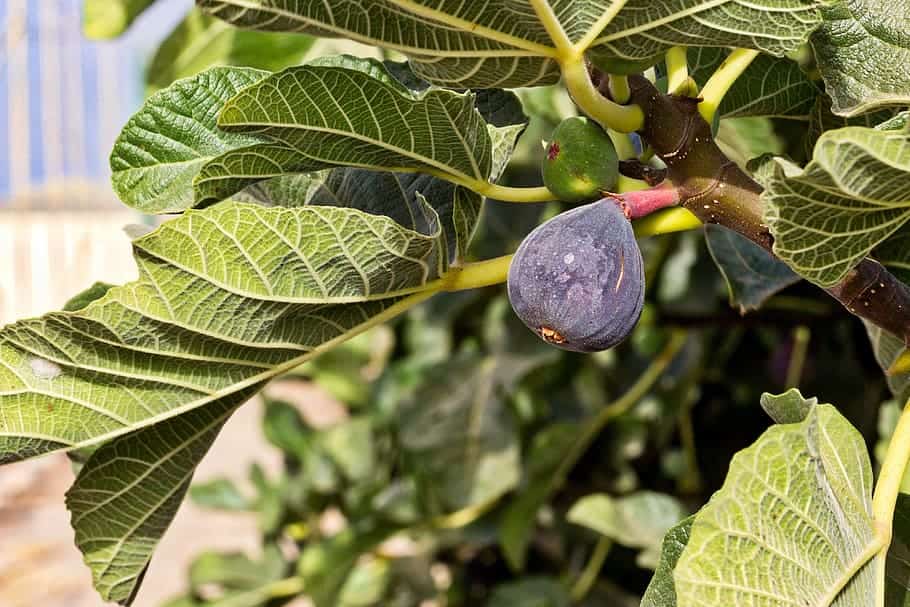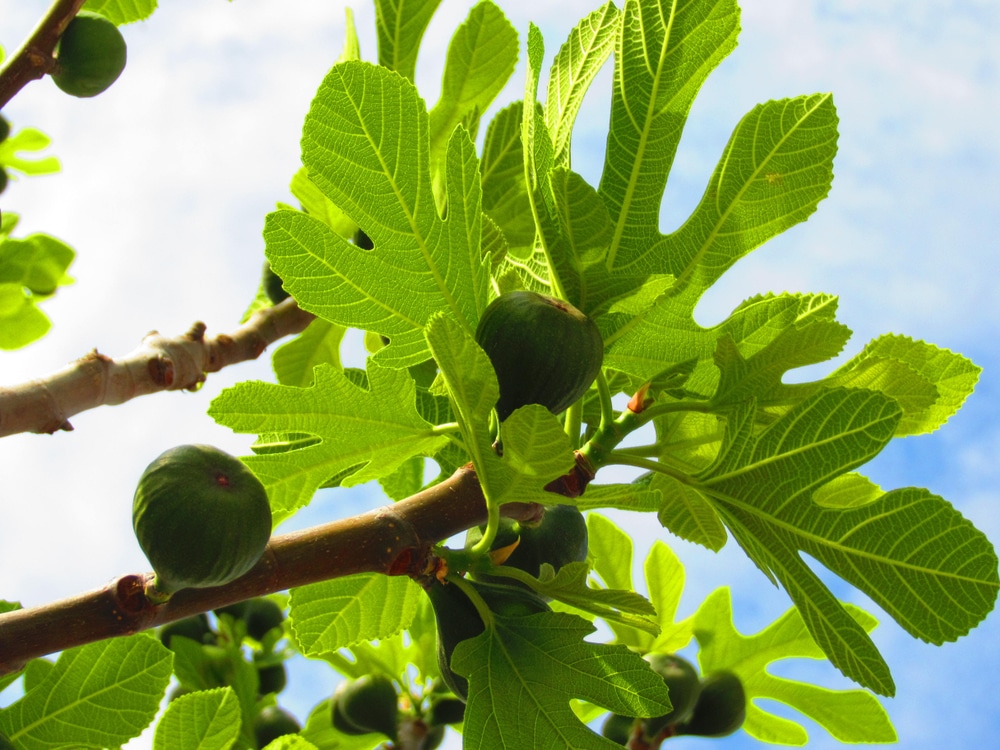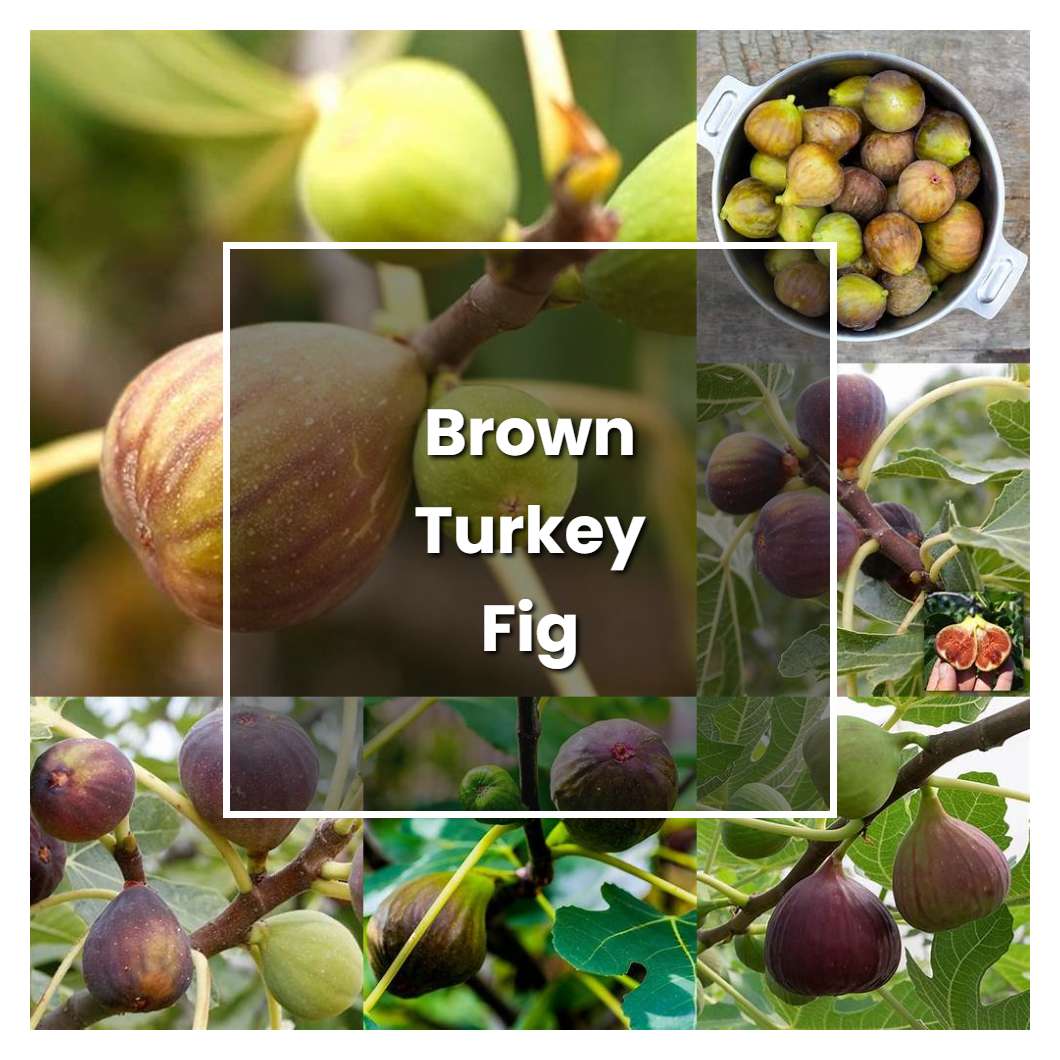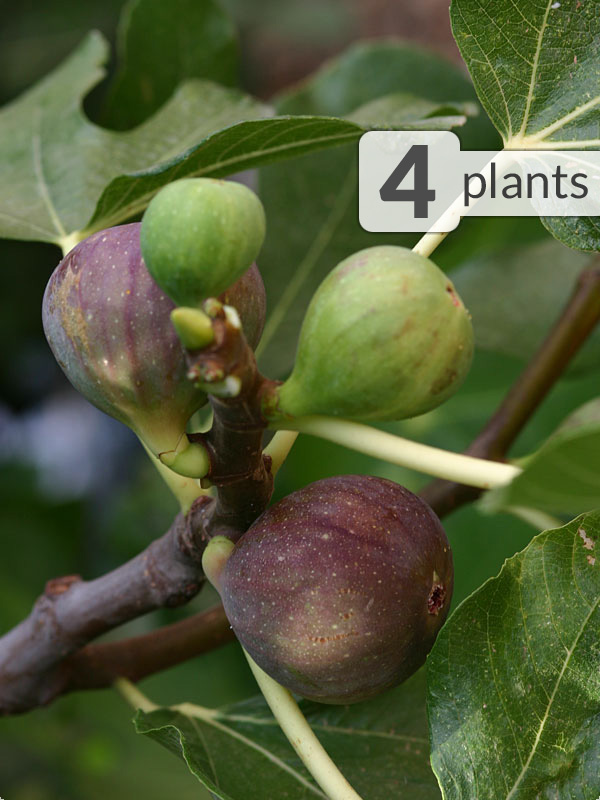Understanding the Unique Needs of Your Brown Turkey Fig Tree
The Brown Turkey fig tree is a popular variety among gardeners and fruit enthusiasts, prized for its rich, sweet flavor and high yields. To ensure optimal growth and fruit production, it’s essential to understand the specific needs of this tree. Brown Turkey fig trees require a unique combination of soil, sunlight, and watering conditions to thrive. By providing the right environment, you can encourage healthy growth, maximize fruiting, and enjoy a bountiful harvest.
One of the key factors in Brown Turkey fig tree care is soil quality. These trees prefer well-draining, fertile soil with a pH between 6.0 and 6.5. If your soil is heavy clay or sandy, consider amending it with organic matter like compost or manure to improve its structure and fertility. Additionally, Brown Turkey fig trees need full sun to produce well, so choose a location that receives direct sunlight for at least 6 hours a day.
Watering is another critical aspect of Brown Turkey fig tree care. These trees are drought-tolerant, but consistent moisture promotes healthy growth and fruiting. Aim to provide about 1 inch of water per week, either through rainfall or irrigation. Avoid overwatering, which can lead to root rot and other problems. By understanding and meeting the unique needs of your Brown Turkey fig tree, you can enjoy a thriving and productive tree for years to come.
In terms of specific care, Brown Turkey fig trees benefit from regular fertilization and pruning. Feed your tree with a balanced fertilizer in early spring, following the manufacturer’s instructions. Prune your tree annually to maintain its shape, promote fruiting, and remove any dead or diseased wood. By combining these care practices with the right soil and sunlight conditions, you can create an ideal environment for your Brown Turkey fig tree to flourish.
By investing time and effort into understanding and meeting the unique needs of your Brown Turkey fig tree, you can enjoy a bountiful harvest and the many benefits of growing your own fruit. With proper care and attention, your tree will thrive, providing you with delicious fruit and a beautiful addition to your garden or landscape.
Soil and Sun Requirements for a Healthy Brown Turkey Fig Tree
When it comes to Brown Turkey fig tree care, providing the right soil and sunlight conditions is crucial for optimal growth and fruit production. These trees prefer well-draining, fertile soil with a pH between 6.0 and 6.5. If your soil is heavy clay or sandy, consider amending it with organic matter like compost or manure to improve its structure and fertility.
In terms of sunlight, Brown Turkey fig trees need full sun to produce well. Choose a location that receives direct sunlight for at least 6 hours a day. If possible, select a spot that receives morning sun and afternoon shade, as this can help prevent scorching and promote healthy growth.
Temperature is also an important factor in Brown Turkey fig tree care. These trees prefer temperatures between 65°F and 75°F (18°C and 24°C), although they can tolerate a range of temperatures. Avoid planting your tree in areas with standing water or where water tends to collect, as this can lead to root rot and other problems.
To assess your soil’s pH and nutrient levels, consider getting a soil test. This will provide you with a detailed analysis of your soil’s composition and recommendations for amendments. Based on the test results, you can adjust your soil’s pH and nutrient levels to create an optimal environment for your Brown Turkey fig tree.
In addition to soil and sunlight, Brown Turkey fig trees also require adequate air circulation to prevent disease. Make sure to plant your tree in an area with good air movement, and avoid planting it too close to other trees or structures that can block air flow.
By providing your Brown Turkey fig tree with the right soil and sunlight conditions, you can create an environment that promotes healthy growth and fruit production. Remember to monitor your tree’s response to its environment and make adjustments as needed to ensure optimal care.
Watering Your Brown Turkey Fig Tree: Avoiding Overwatering and Underwatering
Proper watering is essential for the health and productivity of your Brown Turkey fig tree. Overwatering can lead to root rot and other problems, while underwatering can cause stress and reduce fruit production. To determine the right watering schedule for your tree, consider factors like climate, soil type, and tree age.
In general, Brown Turkey fig trees prefer moist soil, but make sure not to overwater. Check the soil moisture by inserting your finger into the soil up to the knuckle. If the soil feels dry, it’s time to water. Water your tree deeply, providing about 1 inch of water per week, either through rainfall or irrigation.
Climate plays a significant role in determining the watering needs of your Brown Turkey fig tree. In hot and dry climates, your tree may require more frequent watering, while in cooler and more humid climates, it may require less. Adjust your watering schedule accordingly to ensure your tree receives the right amount of moisture.
Soil type is another important factor to consider when watering your Brown Turkey fig tree. If your tree is planted in well-draining soil, it may require more frequent watering, while trees planted in heavier clay soils may require less. Monitor your tree’s response to watering and adjust your schedule as needed.
Tree age is also a factor in determining the watering needs of your Brown Turkey fig tree. Young trees require more frequent watering, as they are still developing their root system. As your tree matures, you can gradually reduce the frequency of watering.
It’s also important to avoid getting water on the trunk or leaves of your Brown Turkey fig tree, as this can cause disease and other problems. Instead, water at the base of the tree, allowing the soil to absorb the moisture.
By following these guidelines and monitoring your tree’s response to watering, you can ensure your Brown Turkey fig tree receives the right amount of moisture to thrive. Remember to adjust your watering schedule as needed to accommodate changes in climate, soil type, and tree age.
Fertilization and Pruning Strategies for a Productive Brown Turkey Fig Tree
Fertilization and pruning are essential components of Brown Turkey fig tree care. These practices promote healthy growth, fruiting, and overall tree health. By providing your tree with the right nutrients and pruning it regularly, you can encourage optimal growth and maximize fruit production.
When it comes to fertilization, Brown Turkey fig trees benefit from a balanced fertilizer that provides equal amounts of nitrogen, phosphorus, and potassium. Apply a fertilizer with a 10-10-10 NPK ratio in early spring, following the manufacturer’s instructions. You can also add organic matter like compost or manure to the soil to provide additional nutrients.
Pruning is another critical aspect of Brown Turkey fig tree care. Prune your tree annually to maintain its shape, promote fruiting, and remove any dead or diseased wood. Remove any weak or spindly growth, and thin out the branches to allow for good air circulation. This will help prevent disease and encourage healthy growth.
There are several pruning techniques you can use to promote fruiting and overall tree health. One technique is to prune the tree to a central leader system, where the main trunk is the central leader and the branches radiate out from it. This will help promote a strong, upright growth habit and encourage fruiting.
Another technique is to prune the tree to a open center system, where the branches are pruned to allow for good air circulation and sunlight penetration. This will help prevent disease and encourage healthy growth.
It’s also important to prune your Brown Turkey fig tree at the right time. Prune your tree in late winter or early spring, before new growth begins. This will help minimize the risk of disease and encourage healthy growth.
By following these fertilization and pruning strategies, you can promote healthy growth, fruiting, and overall tree health. Remember to monitor your tree’s response to these practices and adjust your techniques as needed to ensure optimal care.
Pest and Disease Management for Your Brown Turkey Fig Tree
Brown Turkey fig trees are susceptible to various pests and diseases that can impact their health and productivity. Effective pest and disease management is crucial to maintaining a healthy and thriving tree. In this section, we will discuss common pests and diseases that can affect Brown Turkey fig trees and provide advice on how to prevent and treat these issues using organic and integrated pest management methods.
Common pests that can affect Brown Turkey fig trees include root knot nematodes, spider mites, and mealybugs. Root knot nematodes are microscopic worms that can cause knots to form on the roots of the tree, leading to reduced water and nutrient uptake. Spider mites are tiny, spider-like insects that can cause yellowing or bronzing of the leaves. Mealybugs are small, white, cottony insects that can secrete a sticky substance called honeydew, which can attract ants and promote the growth of sooty mold.
To prevent pest infestations, maintain good tree hygiene by removing any weeds or debris that can harbor pests. Use physical barriers, such as fine-mesh screens, to prevent pests from reaching the tree. Apply organic pesticides, such as neem oil or insecticidal soap, to control pest populations.
Common diseases that can affect Brown Turkey fig trees include fungal infections, such as powdery mildew and rust, and bacterial infections, such as bacterial leaf spot. Fungal infections can cause a white, powdery coating to form on the leaves, while bacterial infections can cause small, circular lesions to form on the leaves.
To prevent disease, maintain good tree hygiene by removing any infected leaves or branches. Use organic fungicides, such as copper or sulfur, to control fungal infections. Apply bactericides, such as copper or streptomycin, to control bacterial infections.
Integrated pest management (IPM) is a holistic approach to managing pests and diseases that combines physical, cultural, biological, and chemical controls. IPM aims to minimize the use of chemical pesticides and maintain a balanced ecosystem. By using IPM methods, you can reduce the risk of pest and disease infestations and maintain a healthy and productive Brown Turkey fig tree.
How to Train and Support Your Brown Turkey Fig Tree for Optimal Growth
Training and supporting your Brown Turkey fig tree is essential for optimal growth and fruit production. By providing the right support systems and materials, you can encourage your tree to grow in a way that maximizes its potential. In this section, we will discuss the importance of training and supporting your Brown Turkey fig tree, including techniques for espalier, staking, and caging.
Esperalier is a technique that involves training your fig tree to grow along a trellis or other support system. This can be a great way to save space and promote healthy growth. To espalier your Brown Turkey fig tree, start by selecting a sturdy trellis or support system that is at least 6 feet tall. Plant your tree near the base of the trellis and gently tie the branches to the support system using soft ties or twine.
Staking is another technique that can be used to support your Brown Turkey fig tree. This involves driving a stake into the ground near the base of the tree and tying the tree to the stake using soft ties or twine. Staking can be especially helpful for young trees that need extra support as they grow.
Caging is a technique that involves surrounding your fig tree with a cage or other enclosure to provide support and protection. This can be a great way to protect your tree from pests and diseases, as well as provide support for the branches. To cage your Brown Turkey fig tree, start by selecting a sturdy cage or enclosure that is at least 6 feet tall. Place the cage around the tree and secure it to the ground using stakes or other supports.
When selecting support systems and materials for your Brown Turkey fig tree, there are several things to keep in mind. Look for materials that are sturdy and durable, such as wood or metal. Avoid using materials that can damage the tree, such as wire or plastic. Also, make sure to select a support system that is the right size for your tree, taking into account its mature size and growth habits.
By providing the right support systems and materials, you can encourage your Brown Turkey fig tree to grow in a way that maximizes its potential. Remember to monitor your tree’s response to training and support, and adjust your techniques as needed to ensure optimal growth and fruit production.
Common Challenges and Solutions for Growing a Brown Turkey Fig Tree
Despite their popularity, Brown Turkey fig trees can be prone to certain challenges that can impact their growth and productivity. In this section, we will address some common challenges faced by Brown Turkey fig tree growers and offer troubleshooting advice and solutions to help overcome these issues.
Poor fruit set is a common challenge faced by many Brown Turkey fig tree growers. This can be caused by a variety of factors, including inadequate pollination, insufficient nutrients, and poor soil quality. To address poor fruit set, ensure that your tree is receiving adequate nutrients and water. Consider adding a balanced fertilizer to the soil, and ensure that the tree is receiving sufficient sunlight and water.
Leaf drop is another common challenge faced by Brown Turkey fig tree growers. This can be caused by a variety of factors, including overwatering, underwatering, and root damage. To address leaf drop, ensure that your tree is receiving the right amount of water. Avoid overwatering, which can cause the roots to rot and lead to leaf drop. Also, ensure that the tree is receiving sufficient nutrients and sunlight.
Tree decline is a serious challenge that can impact the health and productivity of your Brown Turkey fig tree. This can be caused by a variety of factors, including disease, pests, and environmental stress. To address tree decline, ensure that your tree is receiving regular maintenance, including pruning and fertilization. Also, monitor your tree regularly for signs of disease or pests, and take action promptly if you notice any issues.
By understanding the common challenges faced by Brown Turkey fig tree growers and taking steps to address these issues, you can help ensure the health and productivity of your tree. Remember to monitor your tree regularly and take action promptly if you notice any issues. With proper care and maintenance, your Brown Turkey fig tree can thrive and provide you with delicious fruit for years to come.
Harvesting and Enjoying Your Homegrown Brown Turkey Figs
Harvesting your homegrown Brown Turkey figs is a rewarding experience, and with the right techniques, you can enjoy your delicious fruit for months to come. In this section, we will describe the process of harvesting Brown Turkey figs, including how to determine ripeness, handle fruit, and store or preserve the harvest.
Determining ripeness is crucial when harvesting Brown Turkey figs. A ripe fig will be slightly soft to the touch, and the skin will be a deep brown color. Avoid squeezing the fruit too hard, as this can damage the delicate skin. Instead, gently lift the fig and check its color and texture.
Once you have harvested your Brown Turkey figs, handle them carefully to avoid bruising or damaging the fruit. Gently place the figs in a container or basket, and store them in a cool, dry place. Avoid washing the figs before storing them, as this can cause them to spoil more quickly.
There are several ways to store or preserve your Brown Turkey figs, depending on your desired use. Fresh figs can be stored in the refrigerator for up to 5 days, or frozen for up to 6 months. Dried figs can be stored in an airtight container for up to 6 months, or used in a variety of recipes, such as jams, jellies, and baked goods.
Brown Turkey figs are a versatile fruit that can be used in a variety of recipes, from sweet treats like fig jam and fig cake, to savory dishes like fig and prosciutto pizza. They can also be dried and used in trail mix, or as a healthy snack on their own.
By following these tips and techniques, you can enjoy your homegrown Brown Turkey figs for months to come. Whether you prefer them fresh, dried, or used in a variety of recipes, your Brown Turkey fig tree will provide you with a bountiful harvest of delicious fruit.






